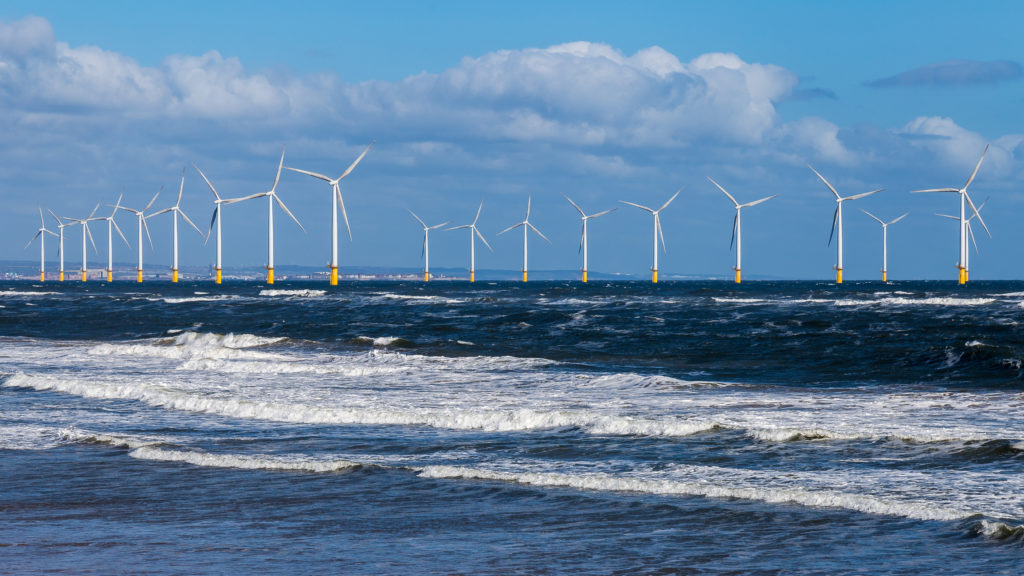
This New Year will follow a record breaking 2017 in which 12 renewable energy records were broken in the UK, namely:
- First 24-hour period without coal generated power
- Longest period without coal generation
- “Greenest summer” – more than half (52%) of energy generated from low carbon sources
- Lowest amount of carbon produced by electricity production at any one moment
- Largest amount of energy produced from renewables at any one moment
- First time wind, nuclear, and solar produced more than gas and coal
- More electricity generated from solar energy than ever before at a single moment, producing a quarter of Britain’s energy supply
- Highest percentage of solar produced relative to national demand
- Most wind power ever produced in a single day
- Most offshore wind power produced in a single moment
- Most electricity produced from all wind generation at any moment
- Most electricity produced from hydropower at any one moment
A truly record breaking year in which the UK renewable energy sector was more popular than ever with the public.
However we also saw the following:
- The end of the Renewables Obligation and no new low carbon levies until 2025
- Record low electricity supply tender prices for wind and solar
- An ever shifting regulatory landscape
- Wholesale prices peaking at £792/MWh and system prices reaching a high of £1,500/MWh
- A Clean Growth Strategy which foresees clean technology and innovation playing a key part in the UK’s long-term economic prospects
So with the above in mind, what does 2018 have in store for the UK Energy economy?
- With an emphasis on the value delivered from flexibility and responsiveness, continued disruption in the market place. Regulatory change, security of supply, enhanced technology development and the possibility of decentralised trading will force changes to traditional funding structures and business models
- Development of Battery Storage following the 4.7GW of prequalified storage assets in the Capacity Market. Note the current Government (BEIS) consultation on Capacity Marking de-rating changes. Many will exit the Capacity Market prior to participation in the T-1 auction on the 30th of this month. Watch this space
- Following the Helm Review, creation of a unified equivalent firm power Capacity Market auction, meaning the costs of intermittency will then rest with those who cause them. Intermittent generators will have a strong commercial imperative to partner with storage providers in order to reduce de-rating
- Over 2GW of offshore wind should be operational by the end of 2018 which will benefit from CfDs. Great news for those working in the offshore wind sector as it is set to be a busy year
- While the UK Government is focused on producing that power at the lowest cost, our two cheapest forms of electricity production – solar PV and onshore wind – are restricted by exclusion from the CfD auctions and Government created planning blocks respectively. Can co-locating storage facilitate subsidy free solar and will the Government curtail their interference with on-shore wind?
- Increased focus on vertically integrated distributed energy solutions incorporating multi-technology configurations and innovative corporate PPAs delivering both value and resilience through smart deployment and dispatch optimisation
- Announcements from BEIS on closure of the Feed in Tariff scheme
- Ofgem is set to be busy looking at future network regulation, charging, access and wholesale markets evolve flexibly – take a look at the plans for 2018/19 in the following link: https://www.ofgem.gov.uk/system/files/docs/2017/12/ofg_forward_work_programme_2018_brochure_web.pdf
Progress in the energy sector in 2018 is inevitable; however there are both challenges and opportunities for renewable energy across the board.
